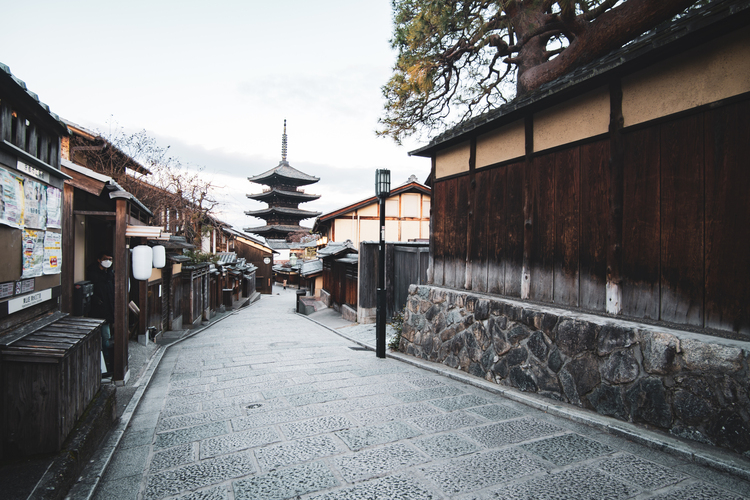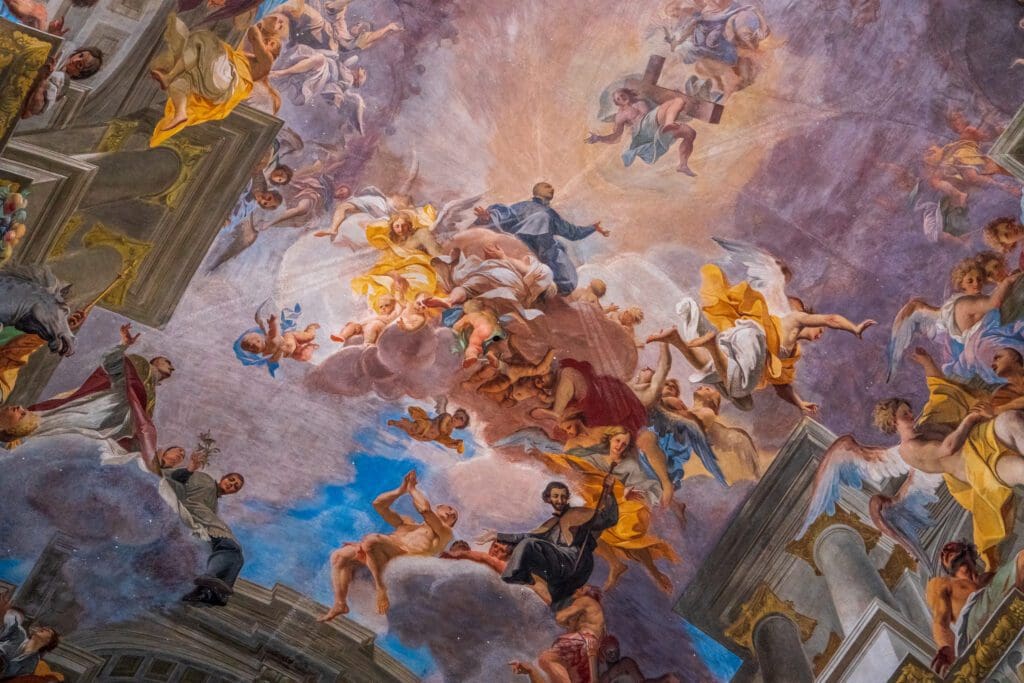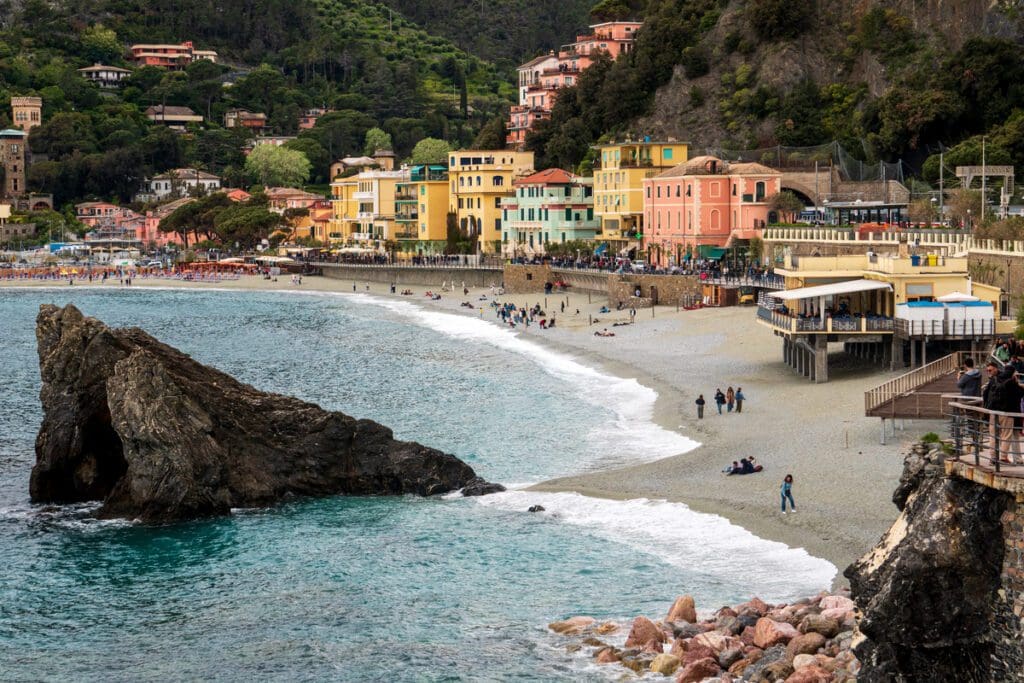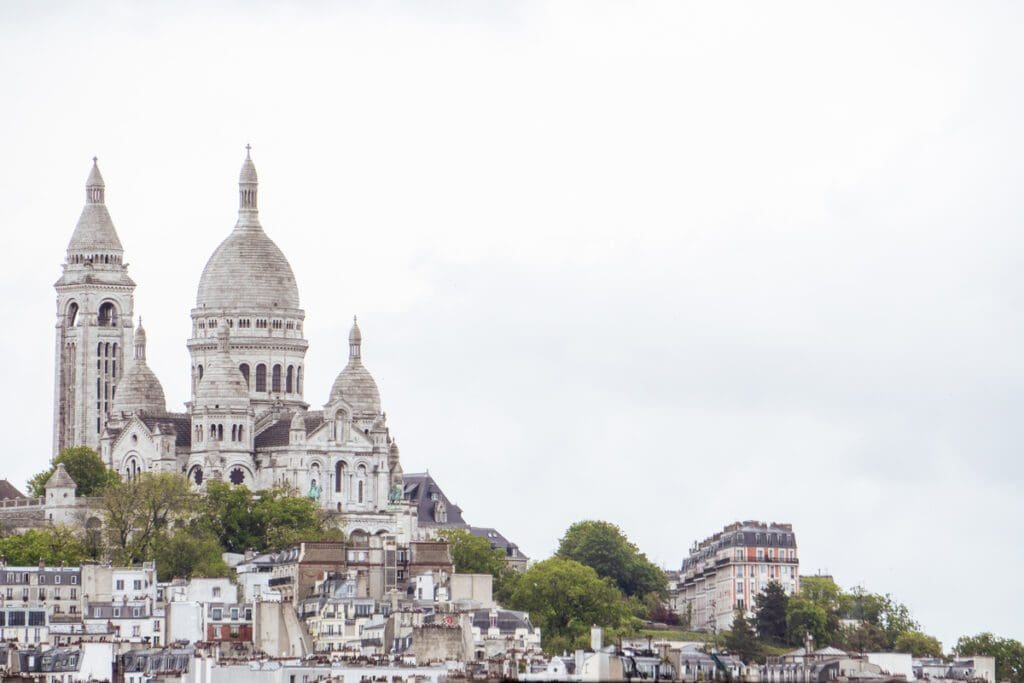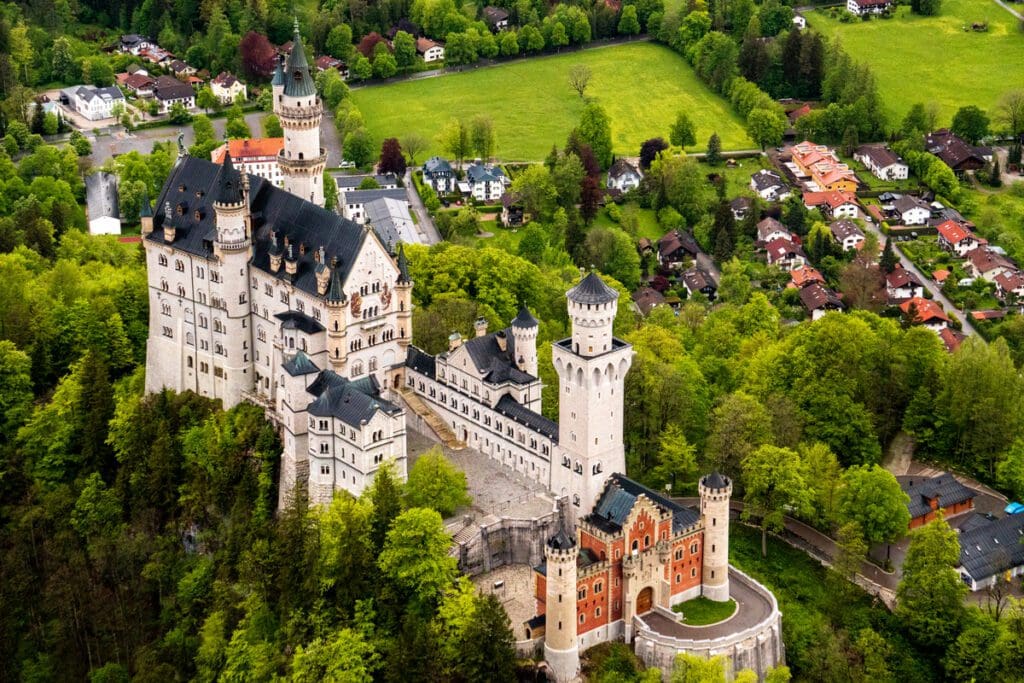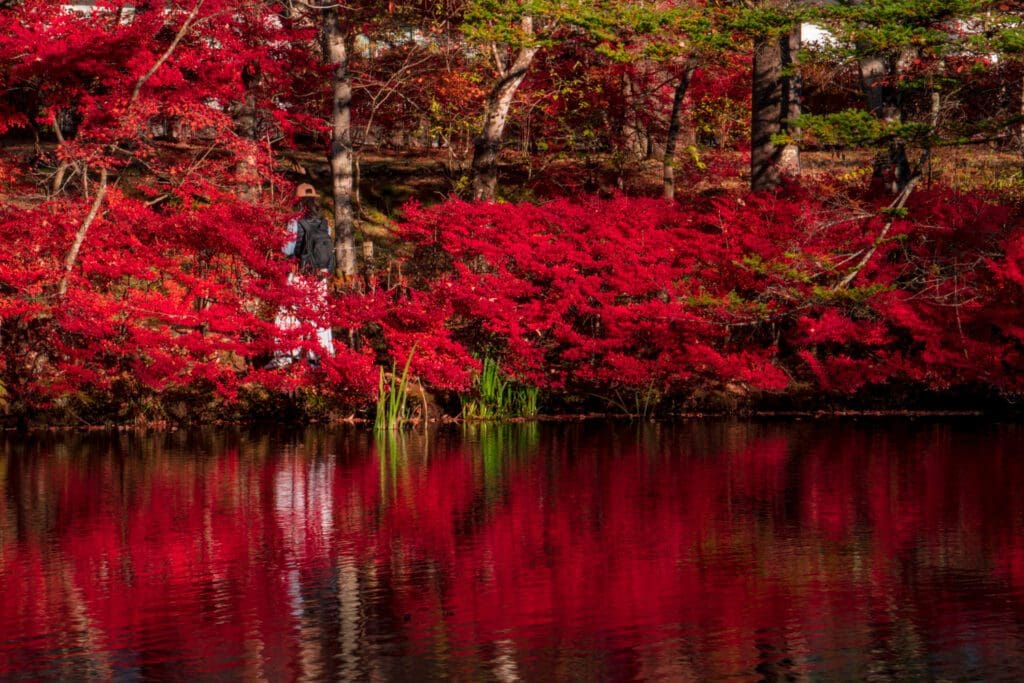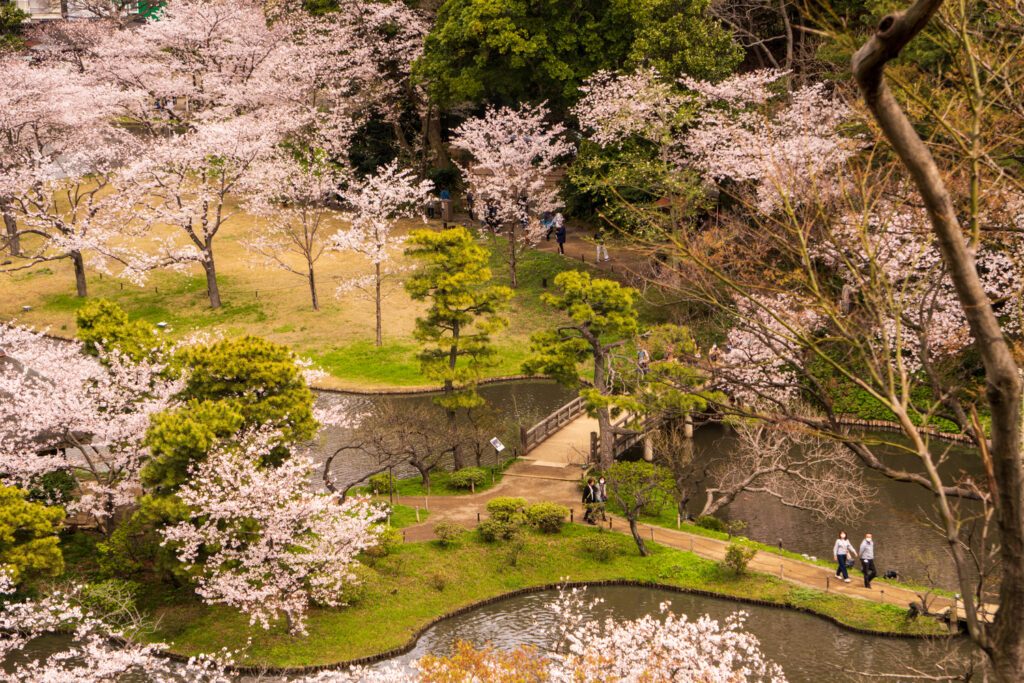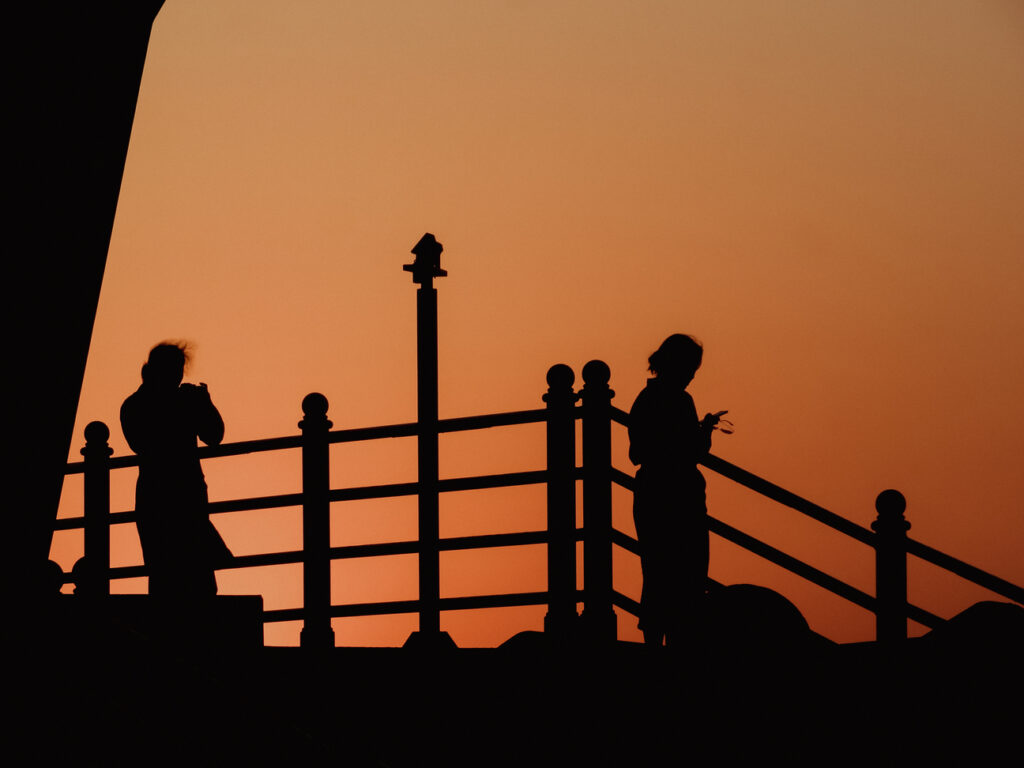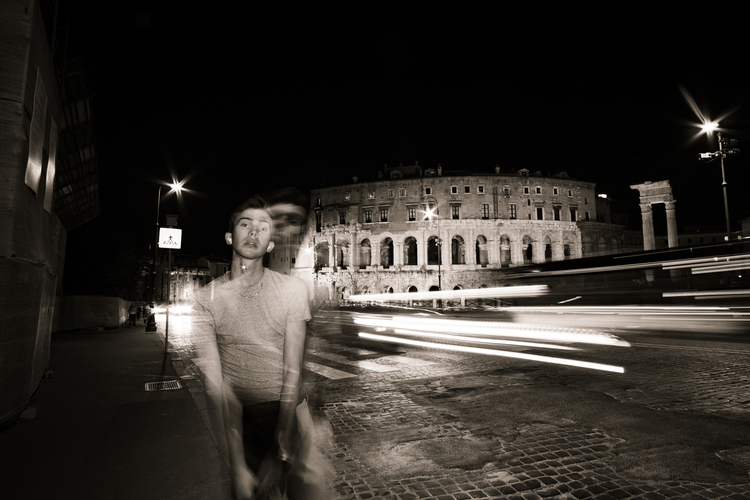
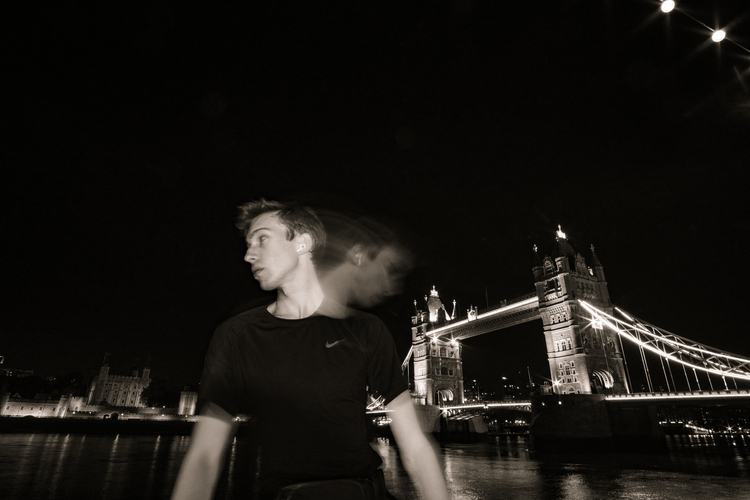

When I travel, taking photos is one of my highest priorities because I believe photos are the greatest souvenir. They are my most prized keepsake.
When I look at an image, I am flooded with memories. I am transported back in time when I was mesmerized by the beauty that prompted me to pull out my camera.
Take a look at some of my most prized photographs. I hope it will transport you to a new place and expose you to a new environment.
Japan
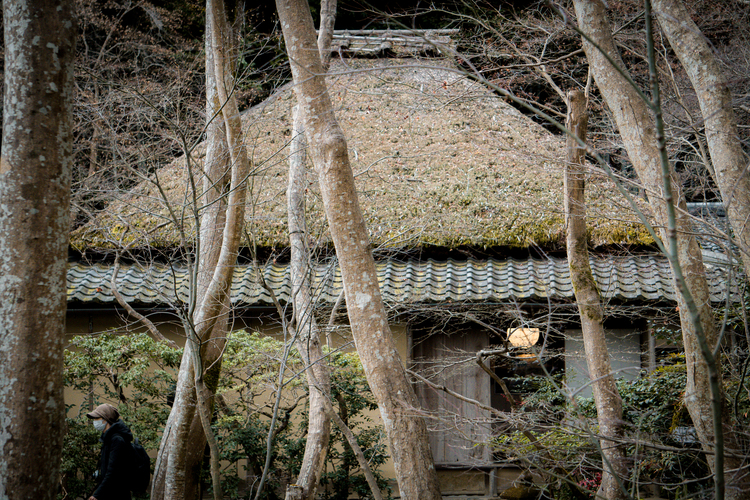
I selected 100 images from my year of living in Japan that showcase the country’s unique beauty.
Nature

The most important item in my hiking pack is my camera. Nature is my favorite place to photograph.
Cities
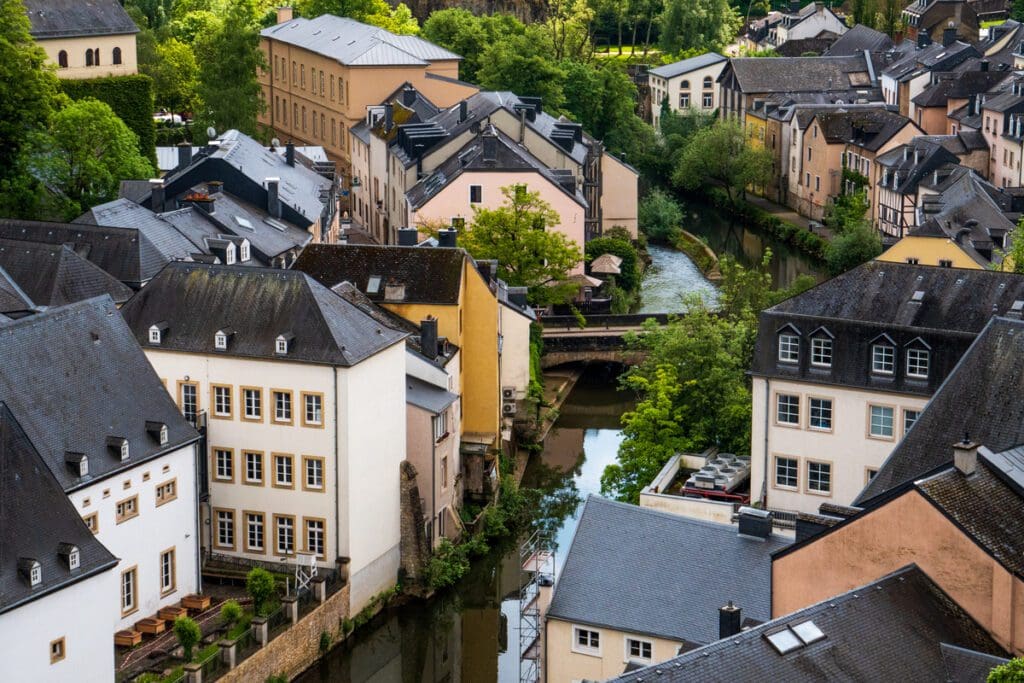
Iconic structures and skylines always grab my attention. My photos stand out in this popular field.
